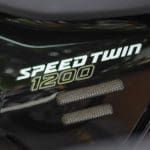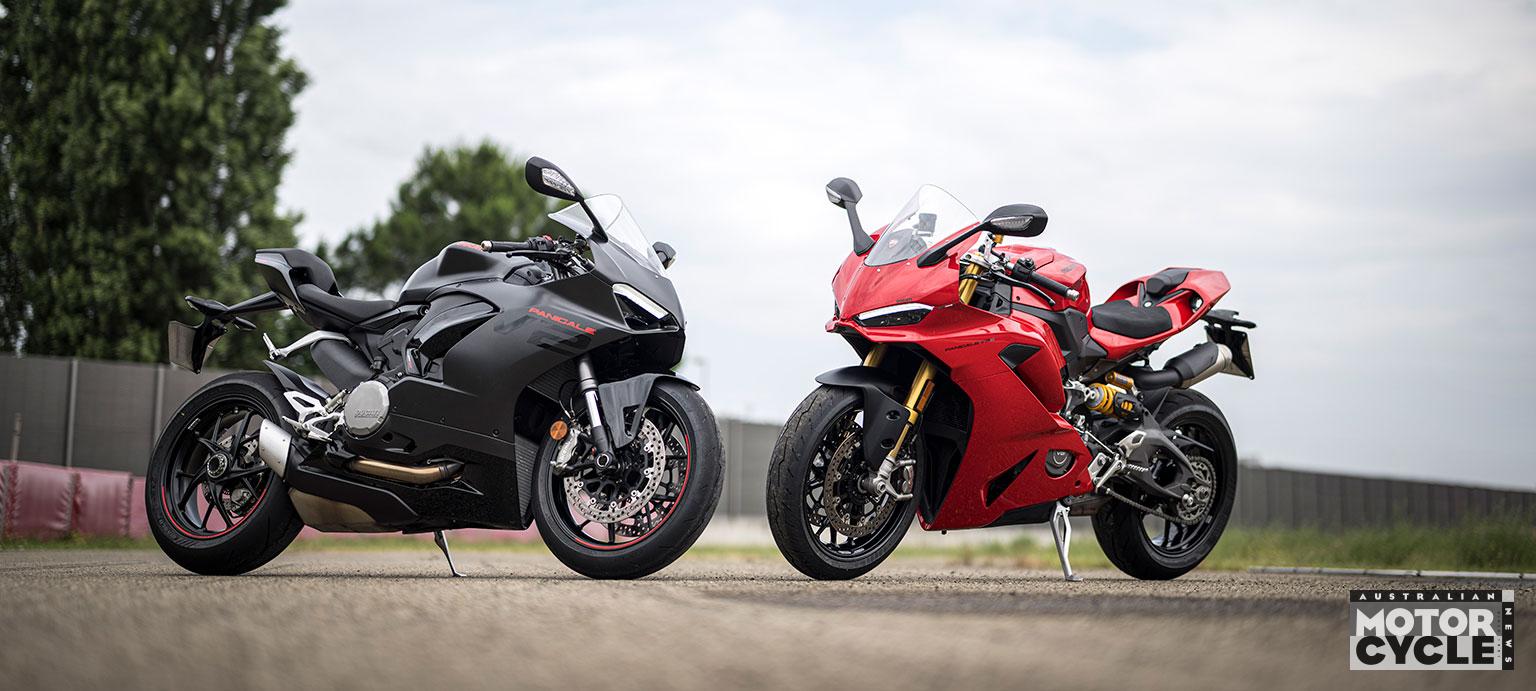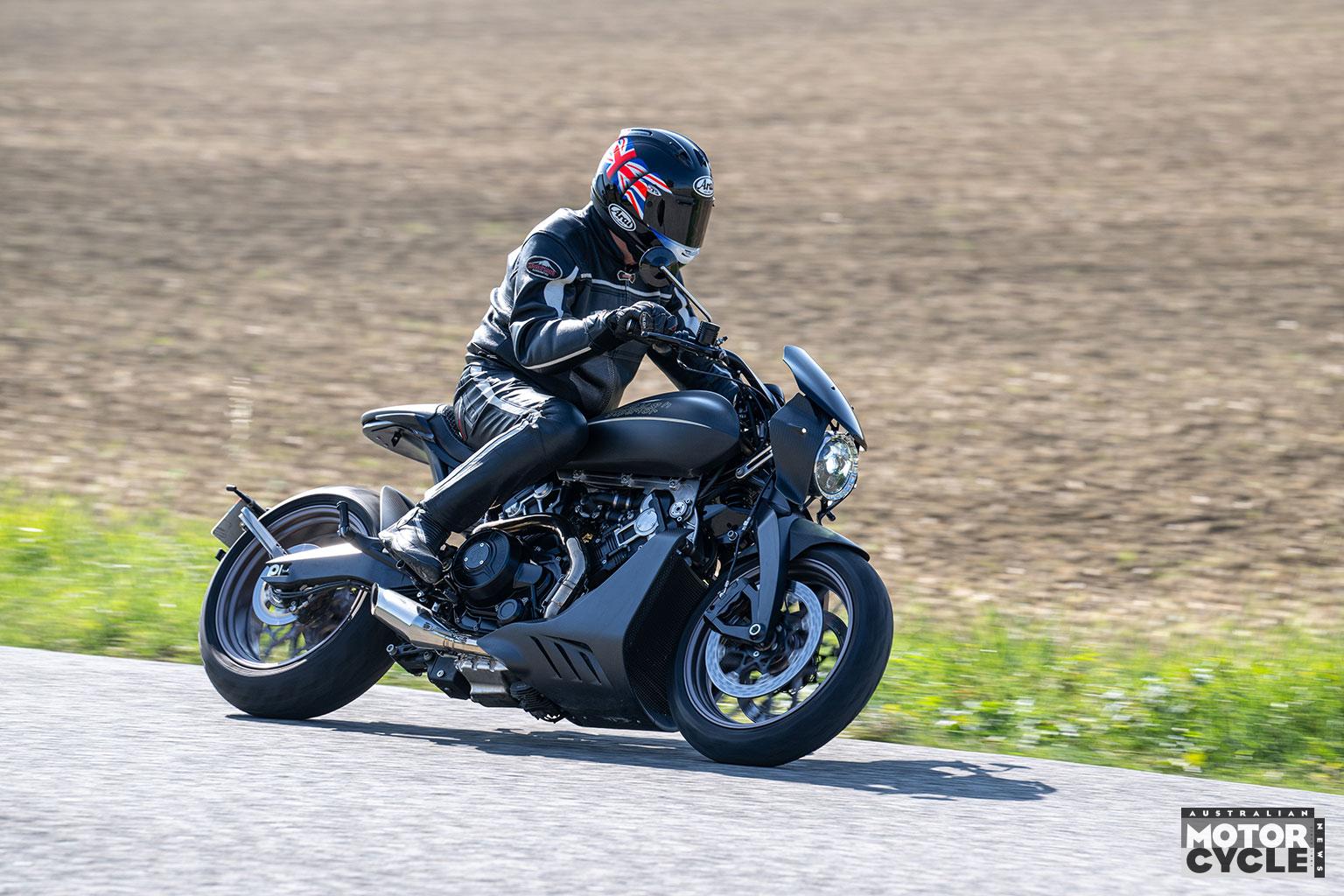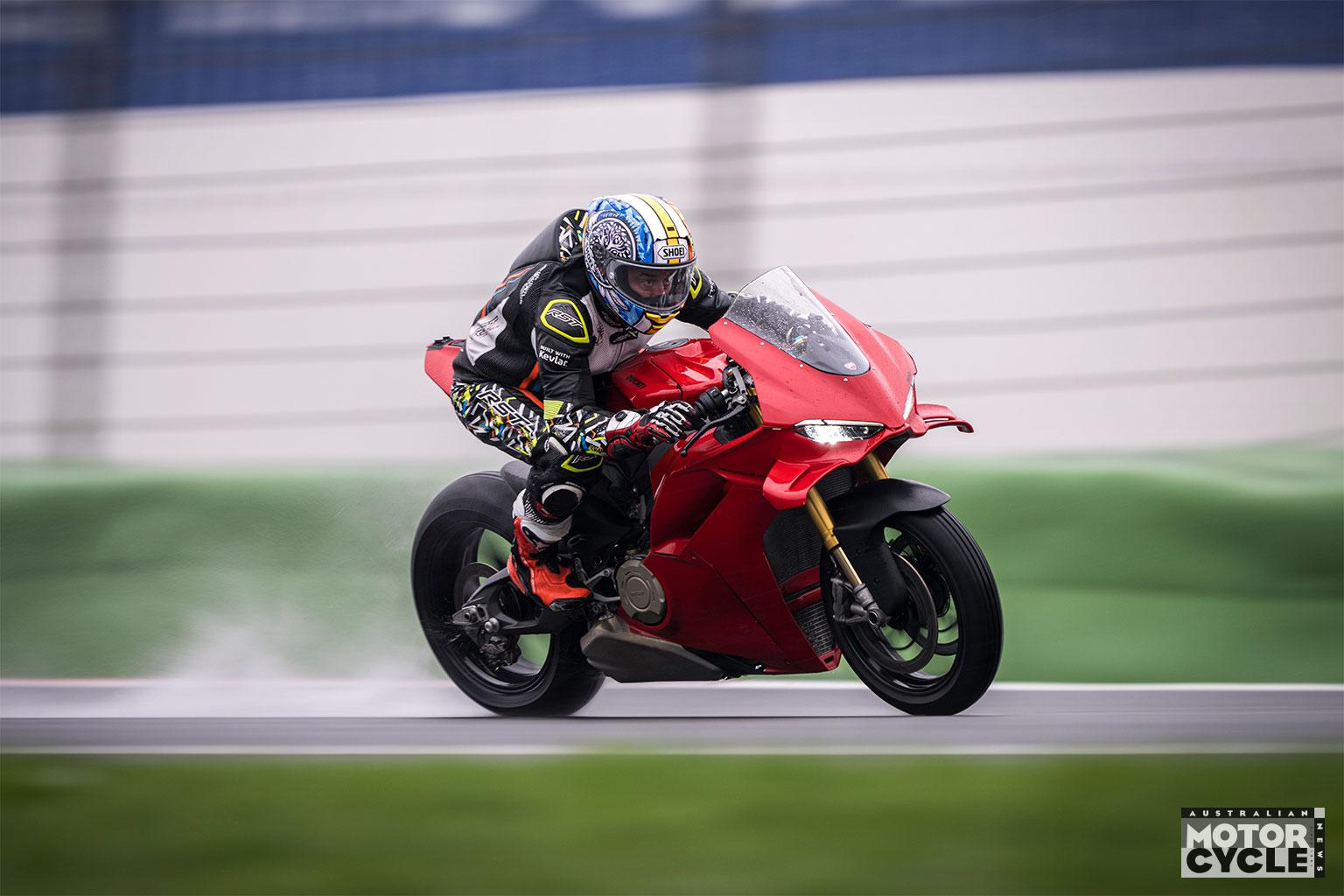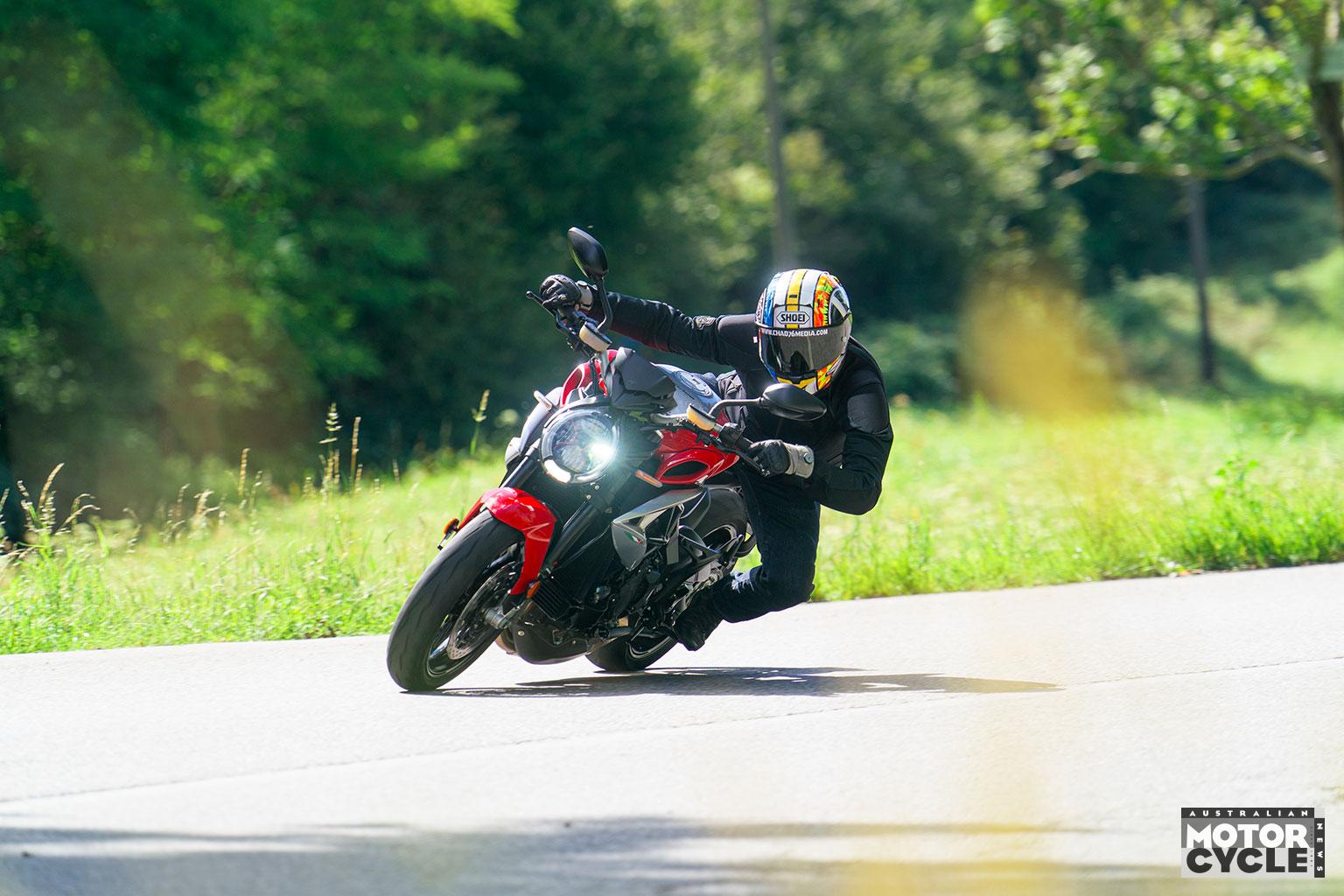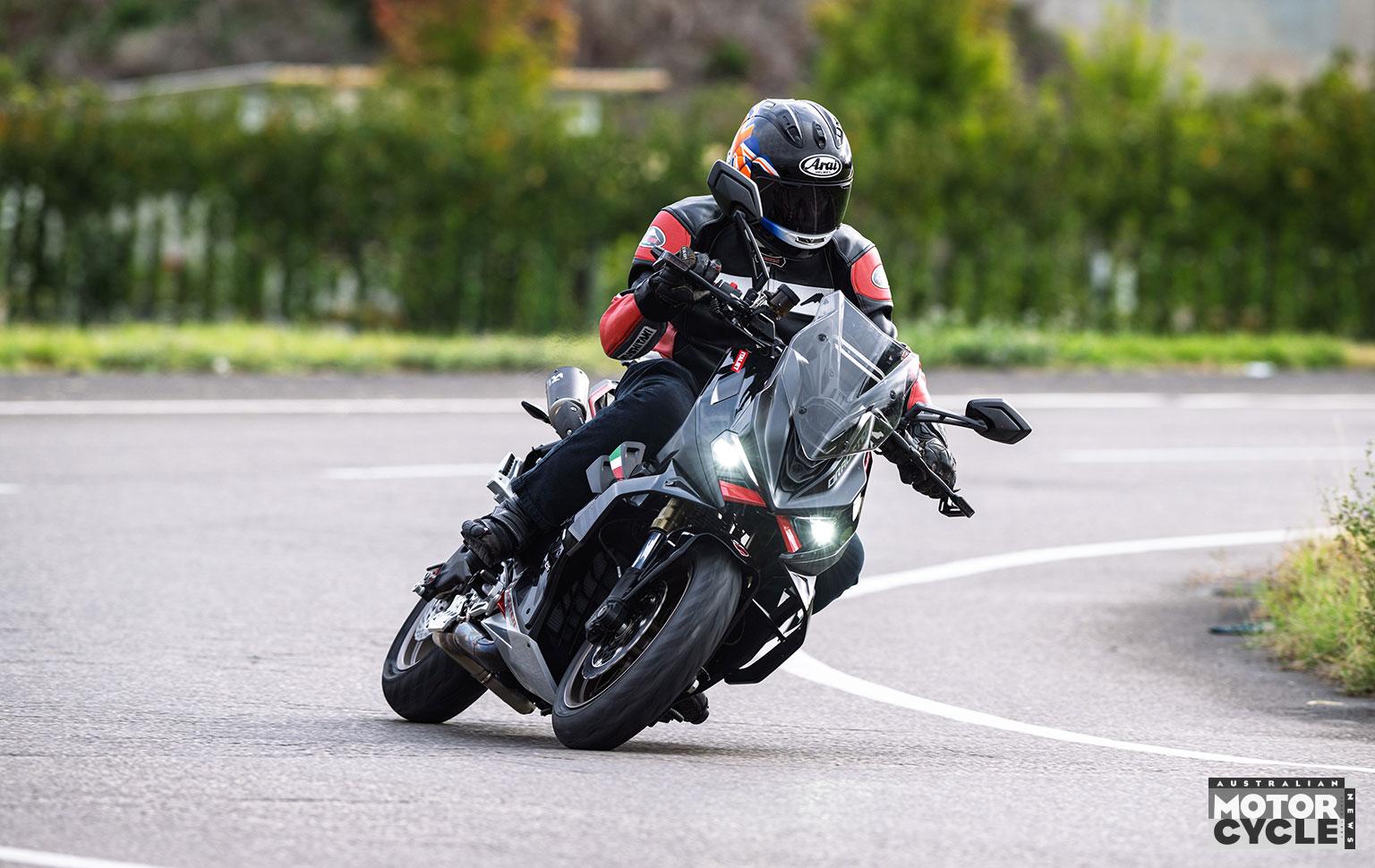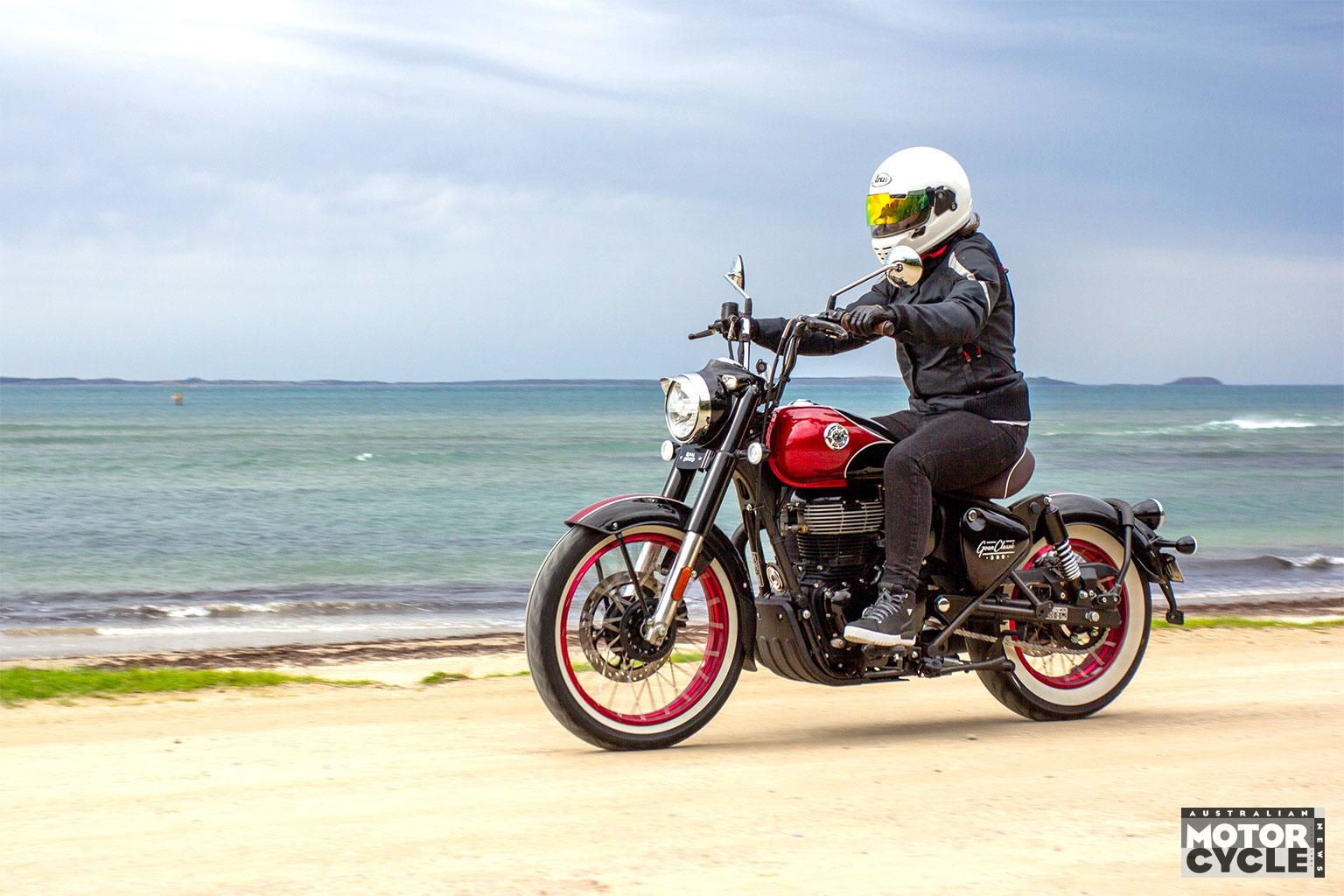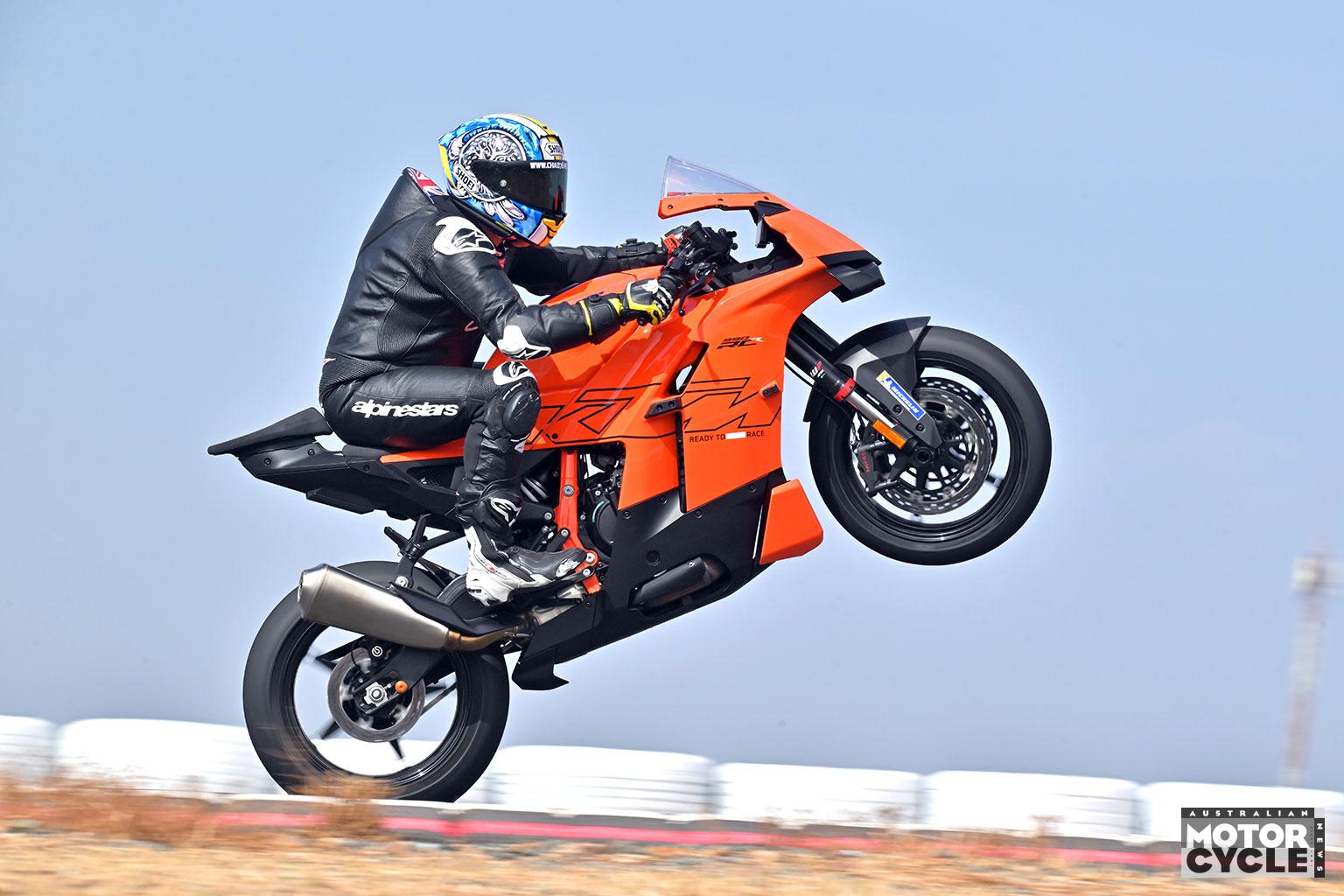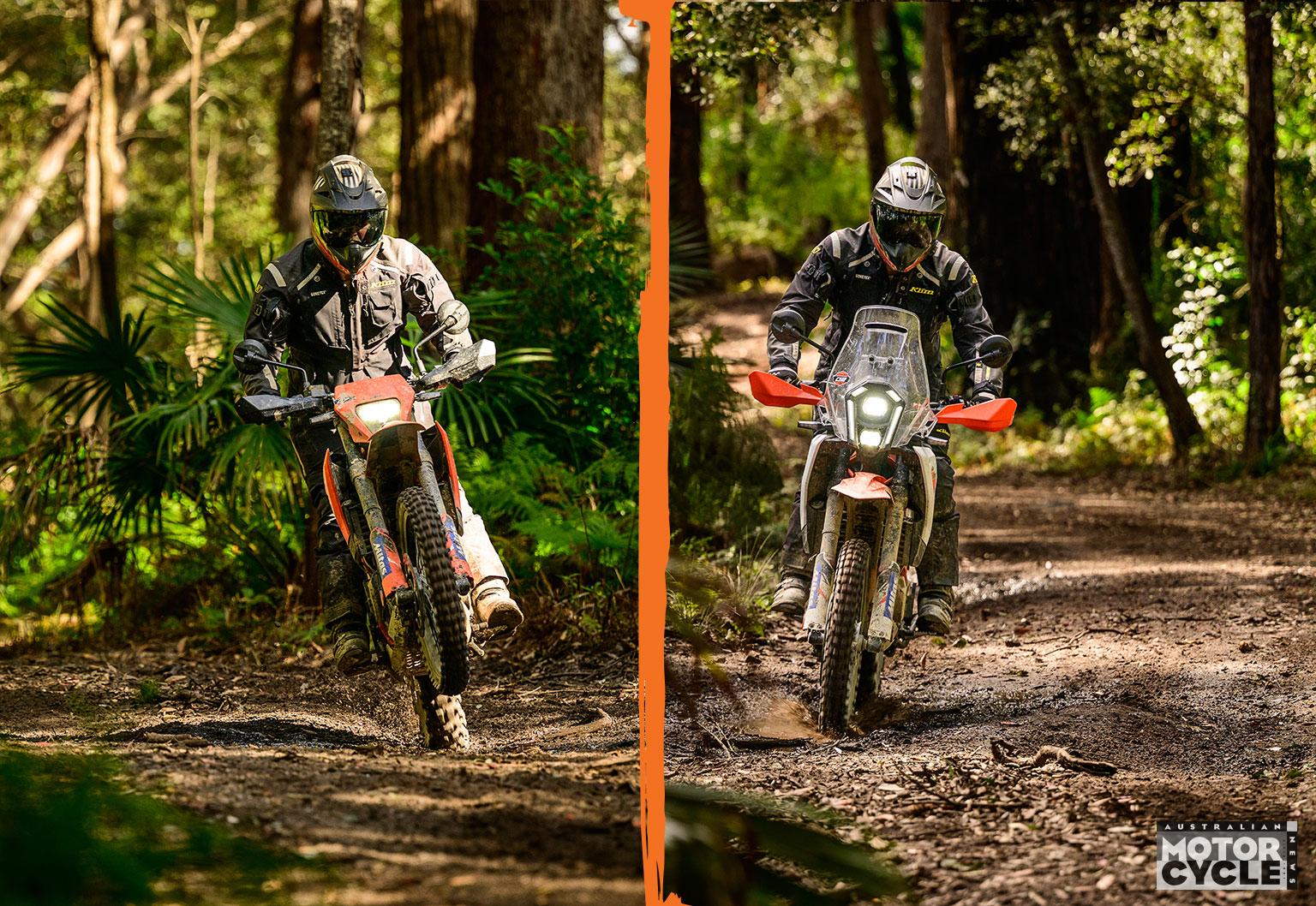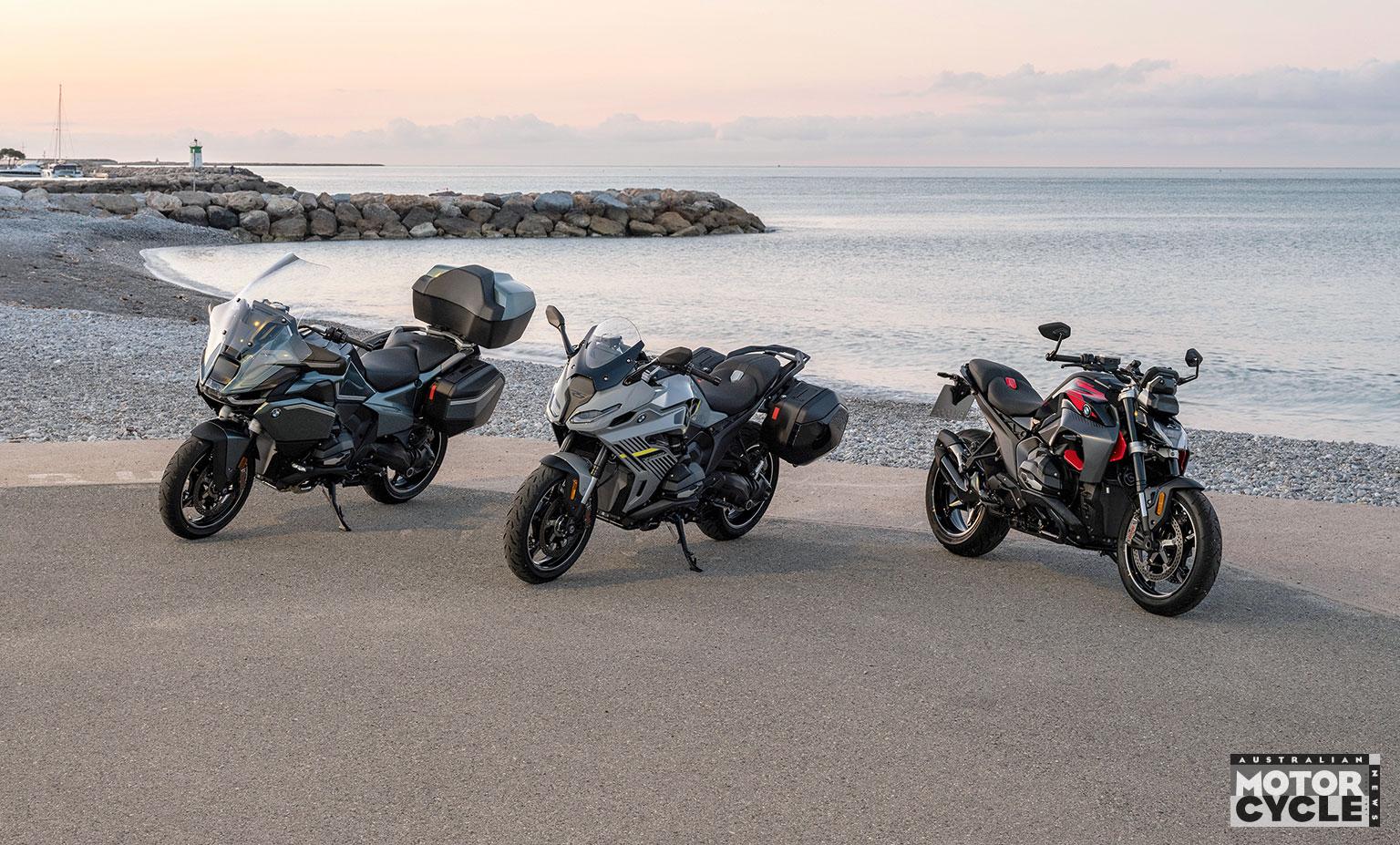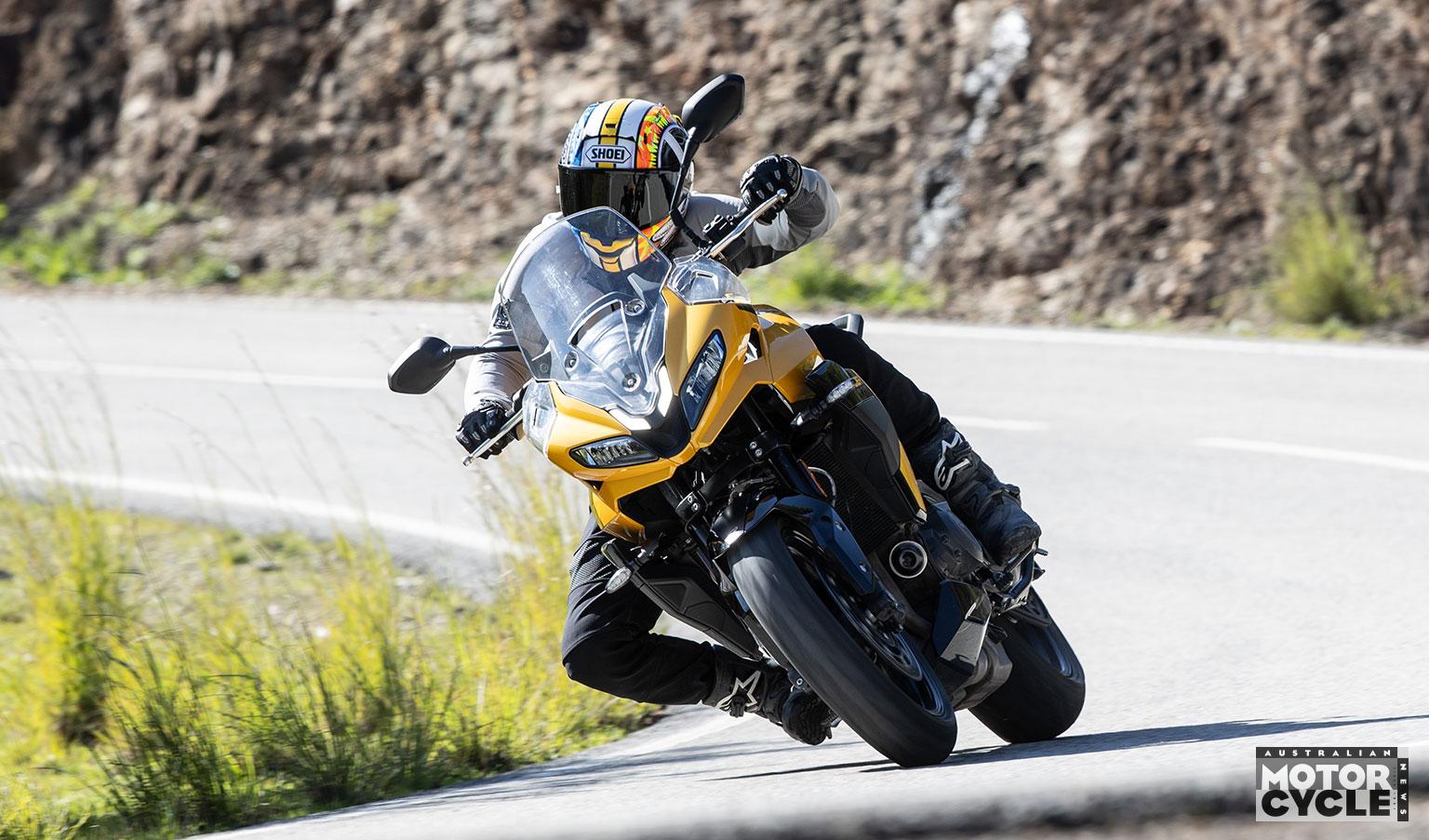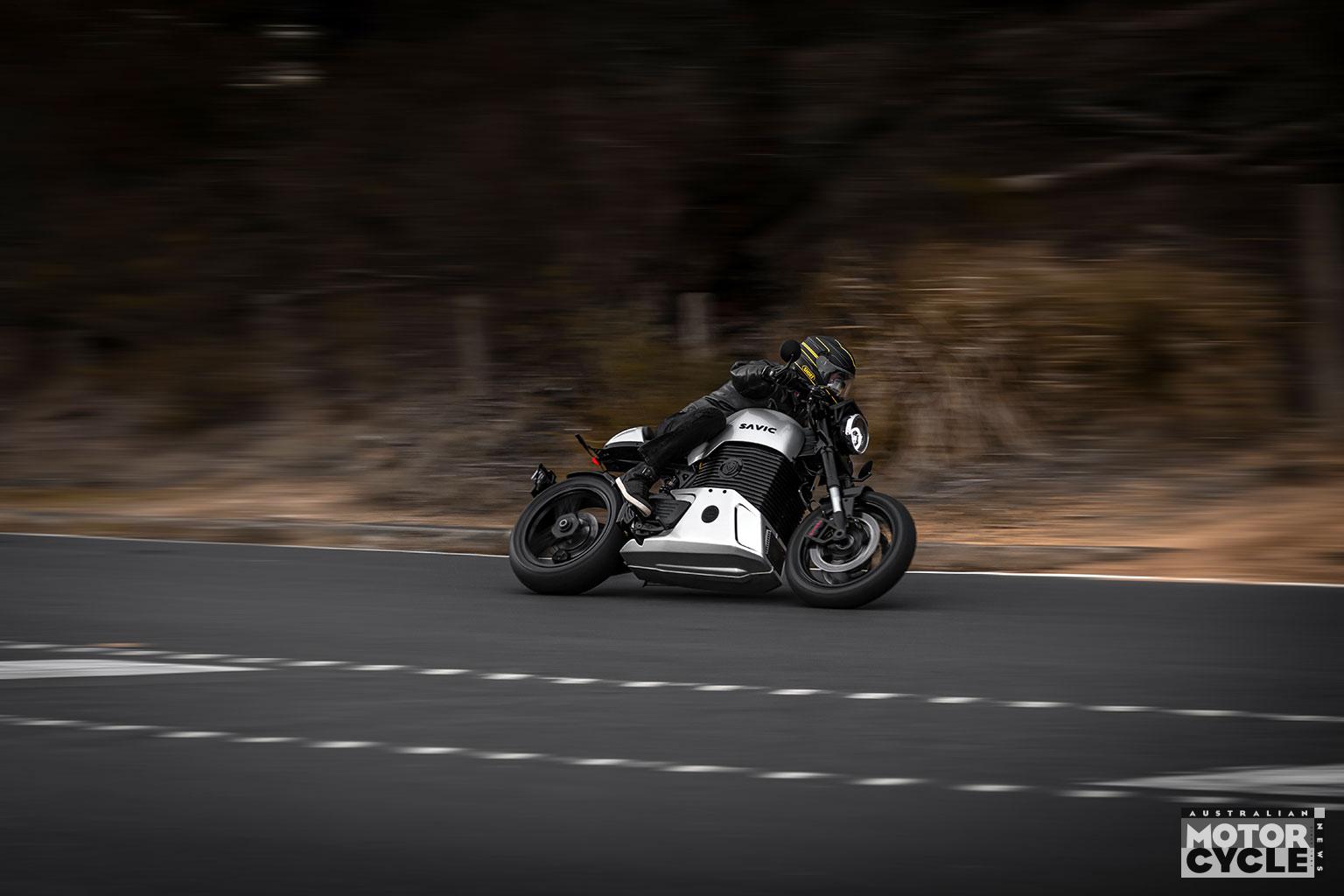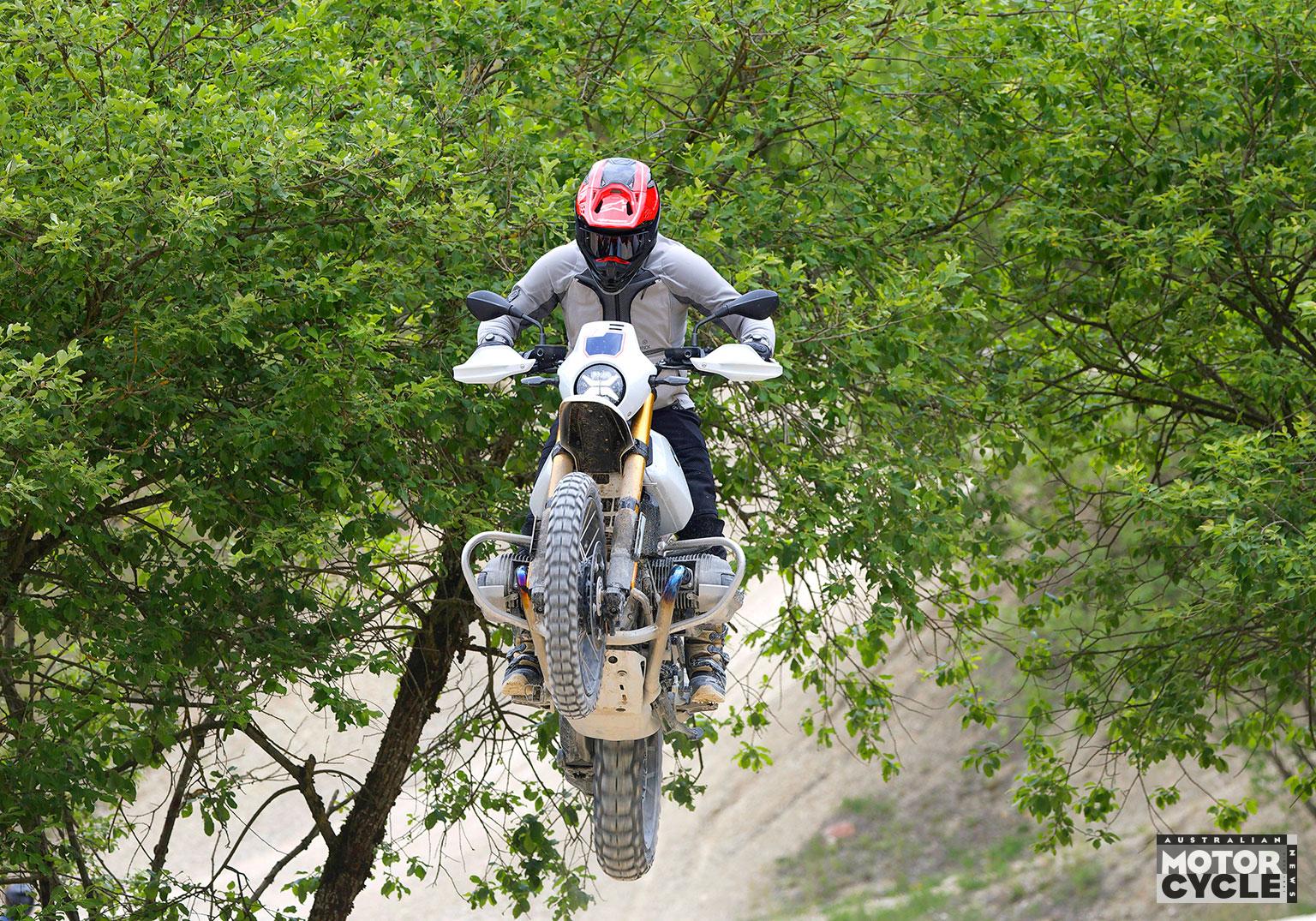Triumph’s Speed Twin 1200 has hit the gym for 2025 with added muscle and tech. But now there’s an even more athletic RS in town
The recipe is deceptively simple. Take the timeless, classic Bonneville design, add a thumping great parallel twin tuned to produce bulk low-down grunt, make it stop and handle, and set it free. It’s a combination of attributes that stays true to Triumph’s original 1937 Speed Twin, which combined new levels of comfort and capability in a mass-produced performance twin-cylinder that was no larger than a single-cylinder.
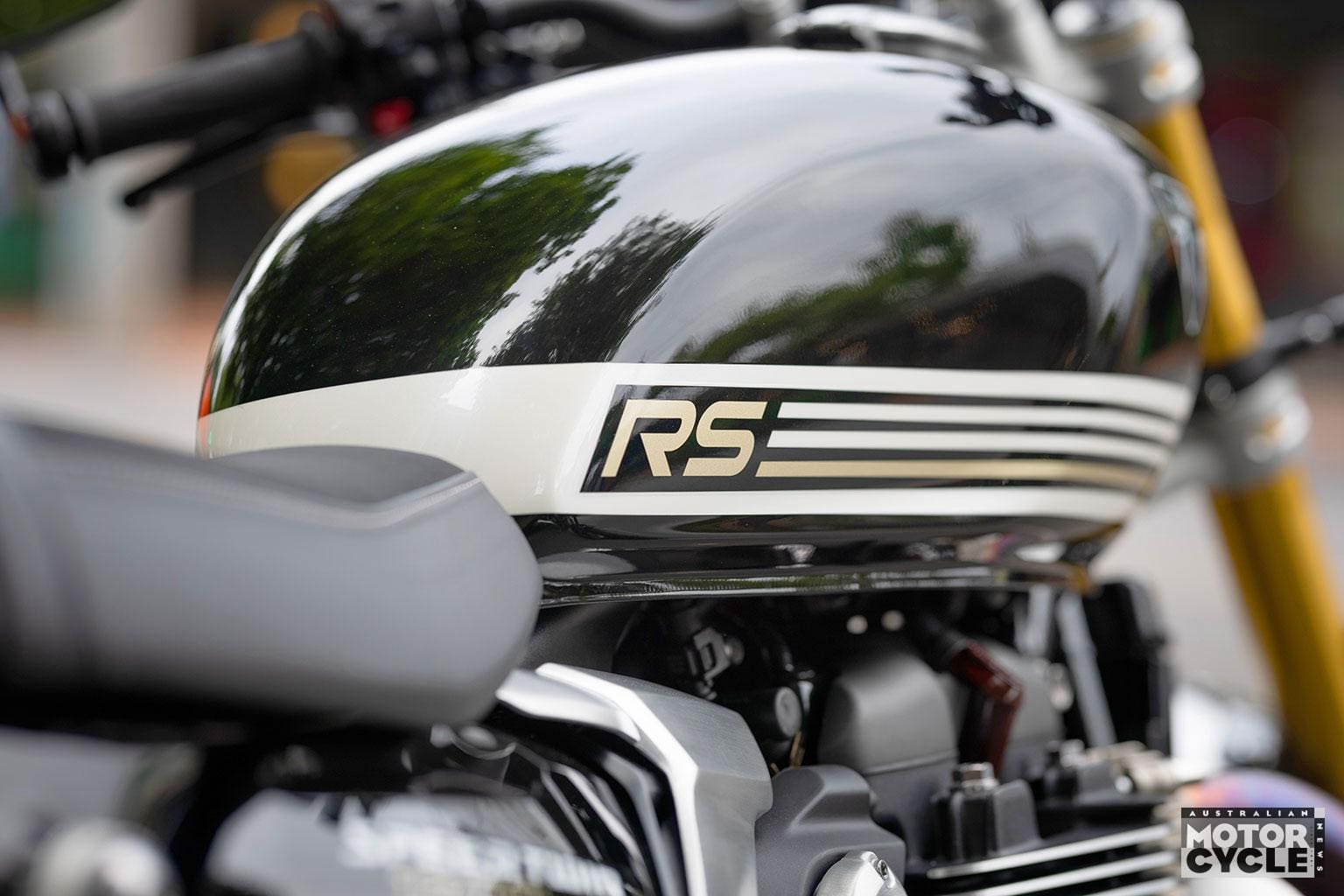
In 2018 the Speed Twin was born again, aiming at enticing younger riders who dig the retro vibe but yearned for something ballsier than the 900, or perhaps more ‘mature’ riders who’ve done the sportsbike thing and want something classier. With over 20,000 units shifted off showroom floors, it’s clear Triumph tapped into a receptive market for the Bonneville-based blaster, but it wasn’t perfect.
When AMCN tested the Speed Twin in 2019, we lauded the “punchy, yet under-stressed engine and liquid smooth power delivery; ease of riding few other 1200s match; solid, easy to understand chassis and all round ‘together’ feel”. The one fly in the ointment was the front fork, which lacked the supple refinement of the rest of the package.
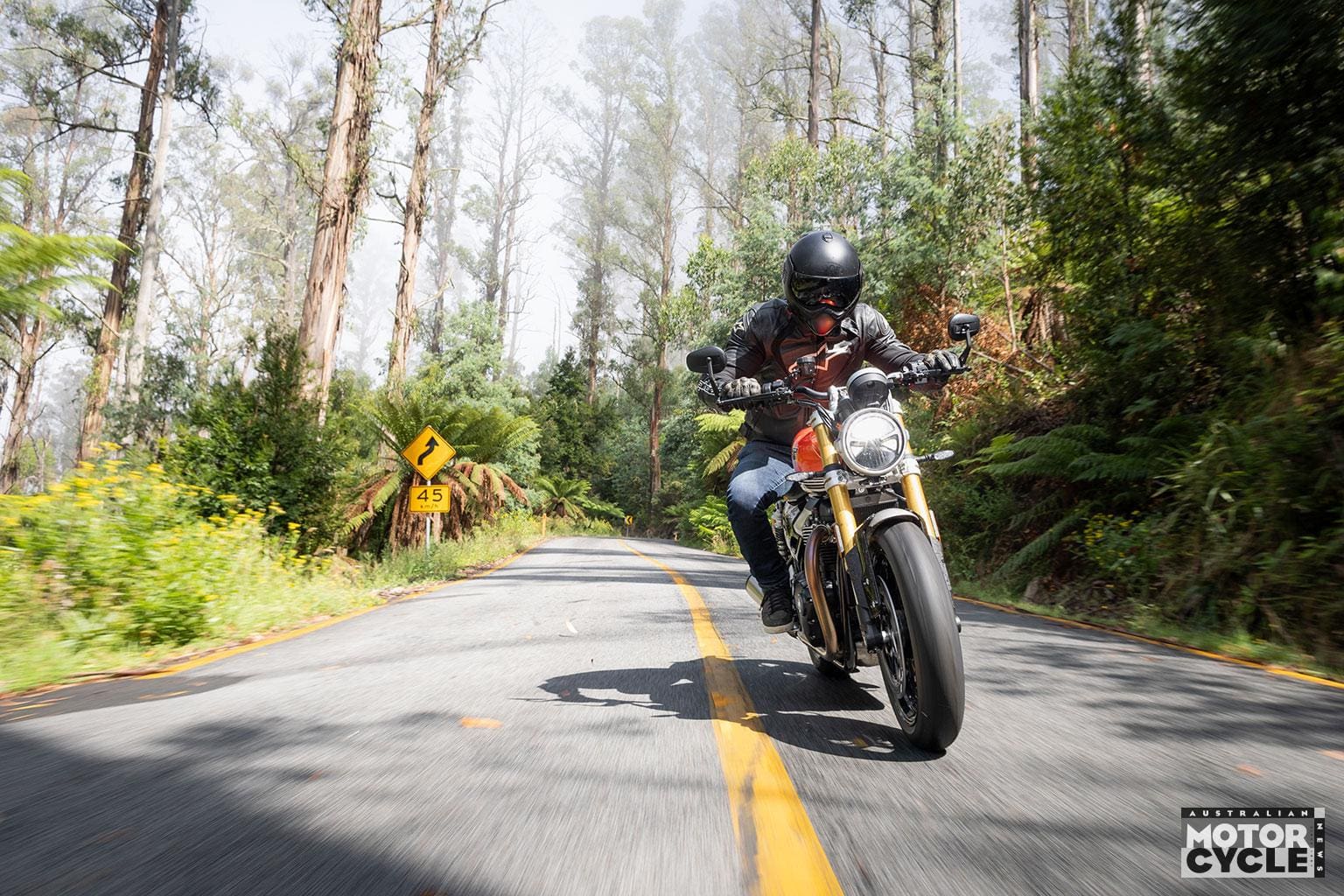
For 2025, all aspects of the Speed Twin 1200 have come under the microscope, from the engine and chassis to the electronics and styling. But where the brief for improving a sportsbike is straightforward – make it cleverer and fasterer – honing the Speed Twin is a delicate process. Case in point: the old analogue dual gauges on the dash exemplify the classic aesthetic Speed Twin owners yearn for, so how to update them without spoiling the broth?
LOOK WHO’S TORQUING
Perhaps in recognition of the fact that updating the iconic Twin in such a way as to please everyone is an impossible task, Triumph have gone and created a whole new version for buyers who want a little extra spice and don’t mind paying for it: the Speed Twin 1200 RS.

The RS will set you back an extra $4000 over the standard $22,990 version – probably the same amount your mate just dropped on a home espresso machine he still can’t operate – but in return you get a quickshifter, adjustable Marzocchi fork, Ohlins rear shocks, stickier Metzeler Racetech hoops, an extra ‘sport’ riding mode, napped suede seat and subtle styling tweaks like brushed aluminium guards and RS themed paint. But no free coffee.

Both machines receive the same boost in power to 77kW (103.5hp), up 4kW from the previous gen, while the standard Twin still gets uprated chassis componentry in the form of new piggy-back reservoir Marzocchi shocks and a 43mm USD front fork. A new, round LCD display is also common to both versions. While that won’t please everyone, Triumph says a lot of the electronic updates work hand-in-hand with the digital instrumentation, so it wasn’t possible to keep the old cluster. The black-edged digital display still retains a classic look to my eye though, and you now get turn-by-turn navigation, bluetooth connectivity and a USB-C socket, as well as cornering optimised ABS and traction control – not a bad compromise to my way of thinking.
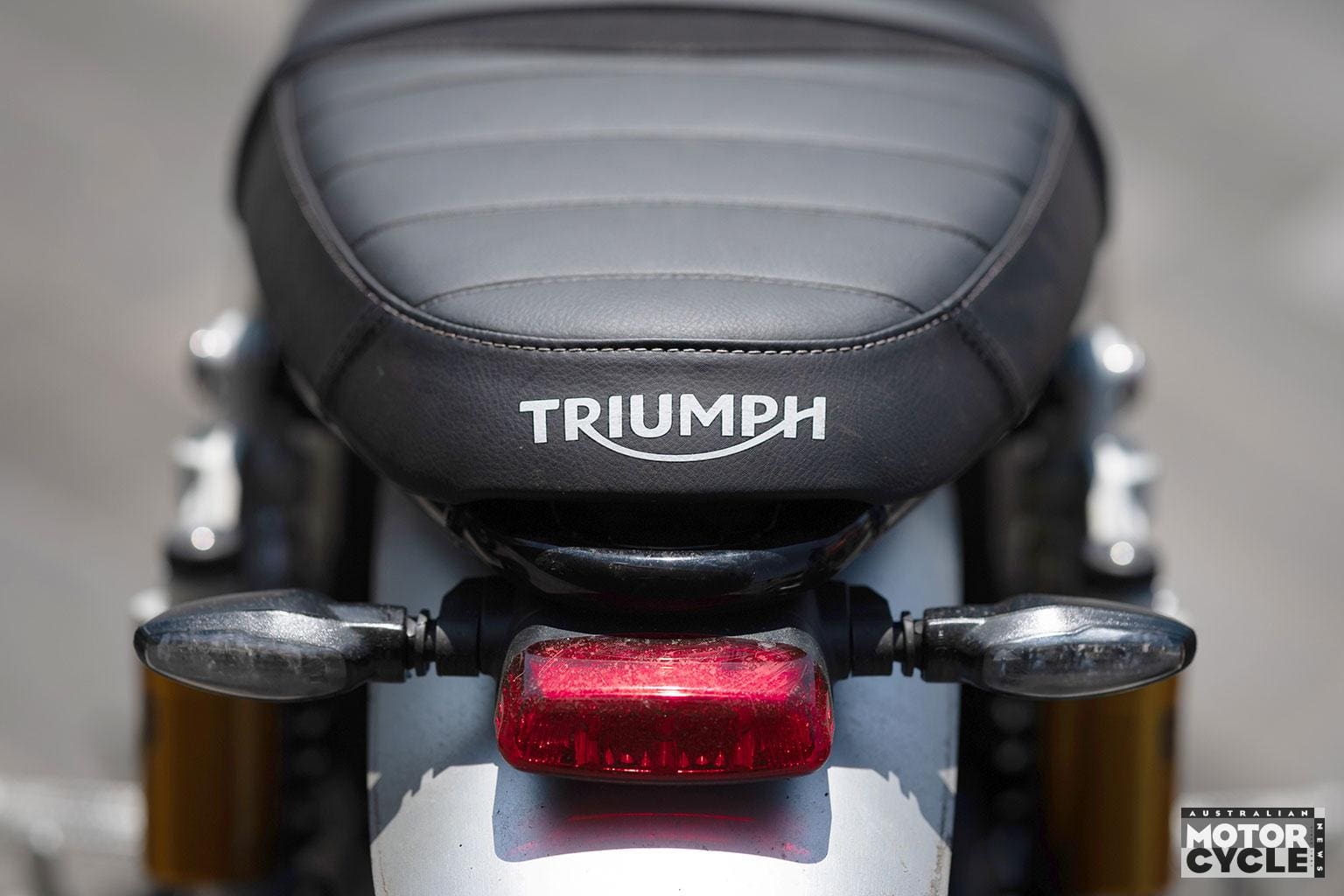
The throbbing heart of the Speed Twin is the same 1200cc parallel twin but retuned to meet stricter Euro 5b emissions regulations while still gaining performance. Where the old engine grew breathless around 7000rpm, the 2025 donk has added a useful 3.6kW up top. Torque remains unchanged at 112Nm, although it too now kicks on harder at peak revs. Examination of the torque curve reveals a wondrously flat line that descends just subtly from a 4250rpm peak all the way to the redline.

Climbing onboard, the riding position and stitched-leather saddle are comfortable and welcoming. The ‘bars are 14mm wider than the outgoing model, and positioned higher and farther forward, canting the rider slightly forward without putting anywhere near as much weight on the wrists as the Thruxton RS. The seat height is unchanged at 805mm, and the footpegs sit in the same mid-mounted position as before, with plenty of room for my average-length pins.
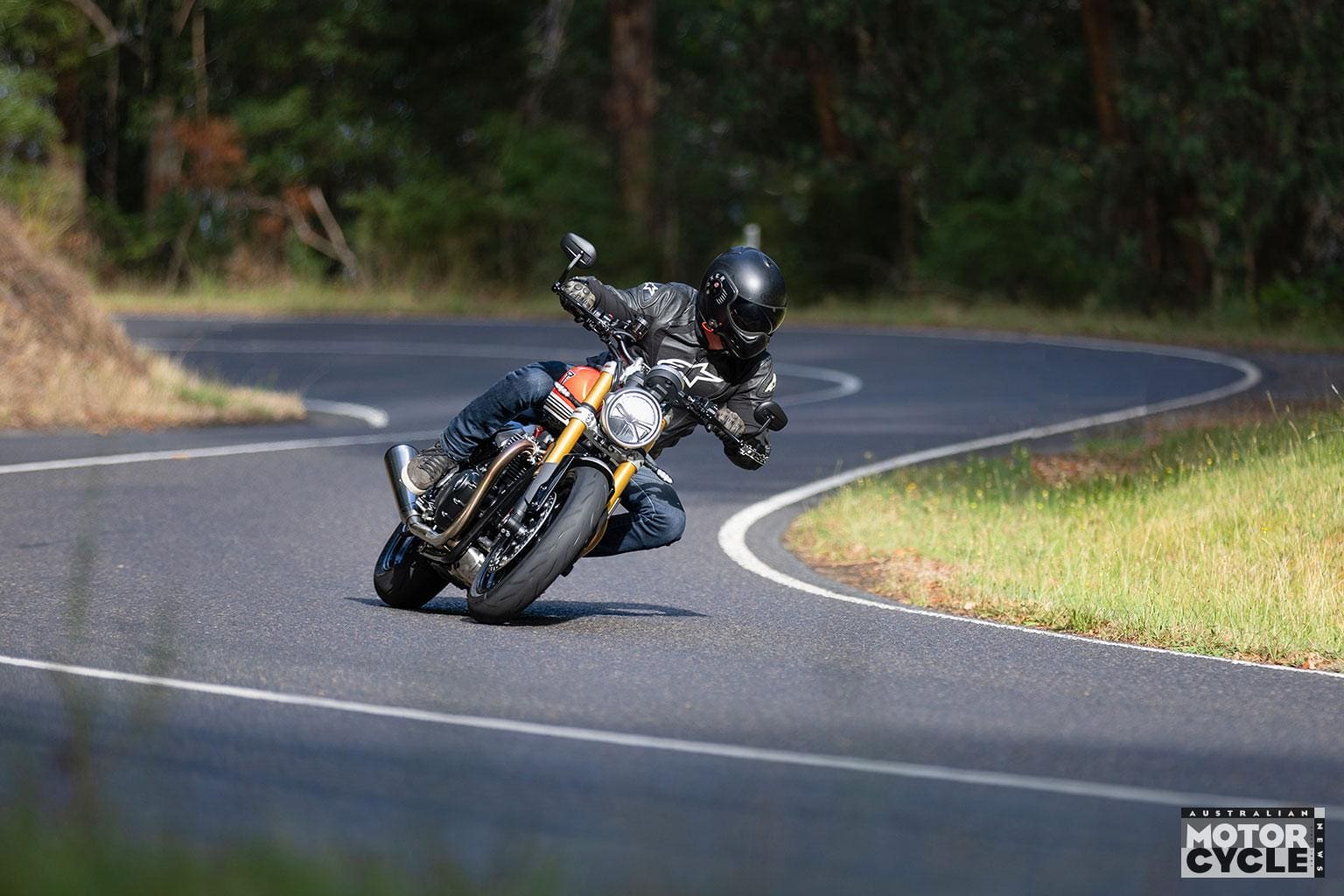
The new Marzocchi fork is non-adjustable but it does feel to have addressed AMCN’s complaint about the old model’s front suspension, while still being on the firm side. That tautness helps the front end feel planted when you’re cracking the whip though, and the low seat height and wide ‘bars make it feel surprisingly small and chuckable.
EXTRA FRISKINESS
Victoria’s Yarra Ranges hosts some of the best riding roads known to man, with smooth, sinuous bends winding their way up into a towering mountain ash forest like a giant tarmac shoelace. The twin’s thick spread of torque allows you to romp through the endless twists just using third and fourth gear if you so desire, but where the old engine runs out of steam a bit in the upper rev range, accessing the top of the tacho is now rewarded with extra friskiness.
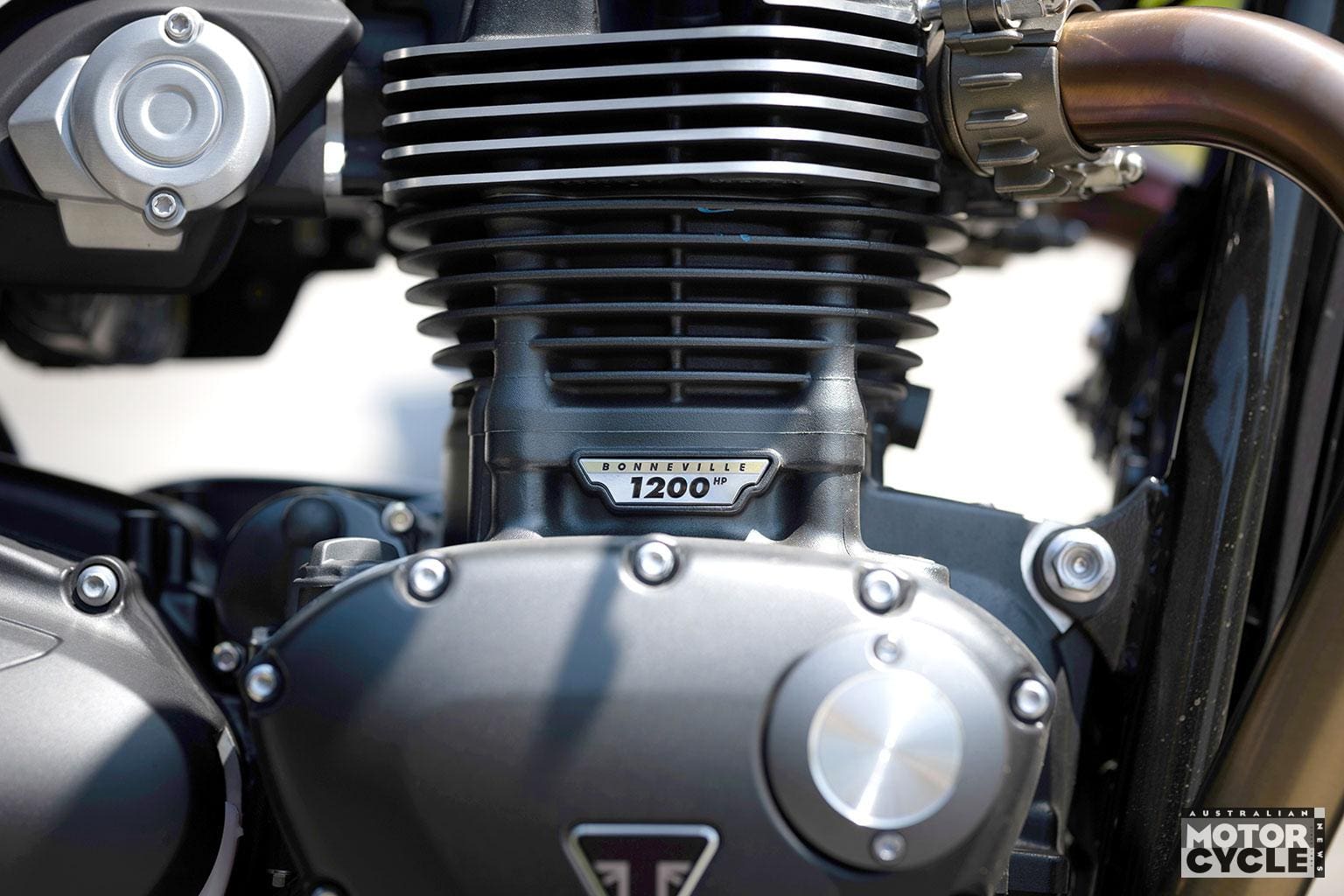
While 77kW doesn’t really sound all that impressive from a 1200cc engine, given there are 600s that push out around 100kW these days, I can honestly say this is the most potent-feeling sub-80kW engine I’ve ridden. Crack the throttle open at mid-range rpm and it’ll walk away from those mid-sized crotch rockets. Stabbing the go-grip in first and second gear will have the front tyre skipping off the ground and, thanks to its 270-degree firing order, that grunt is also dished up with a mellow growl that’ll have you going back for extra helpings like an all-you-can-eat newton metre buffet. Where some big-bore engines are all raw power and no finesse, this twin cylinder is as tough and smooth as a seasoned bouncer in a tailored suit – and just as ready to give you a hard shove down the road. The stock brushed stainless mufflers belt out a deep rebellious note that transforms into a mellifluous snarl as the revs build, but I’d still be throwing on some aftermarket pipes to unleash a few more decibels.
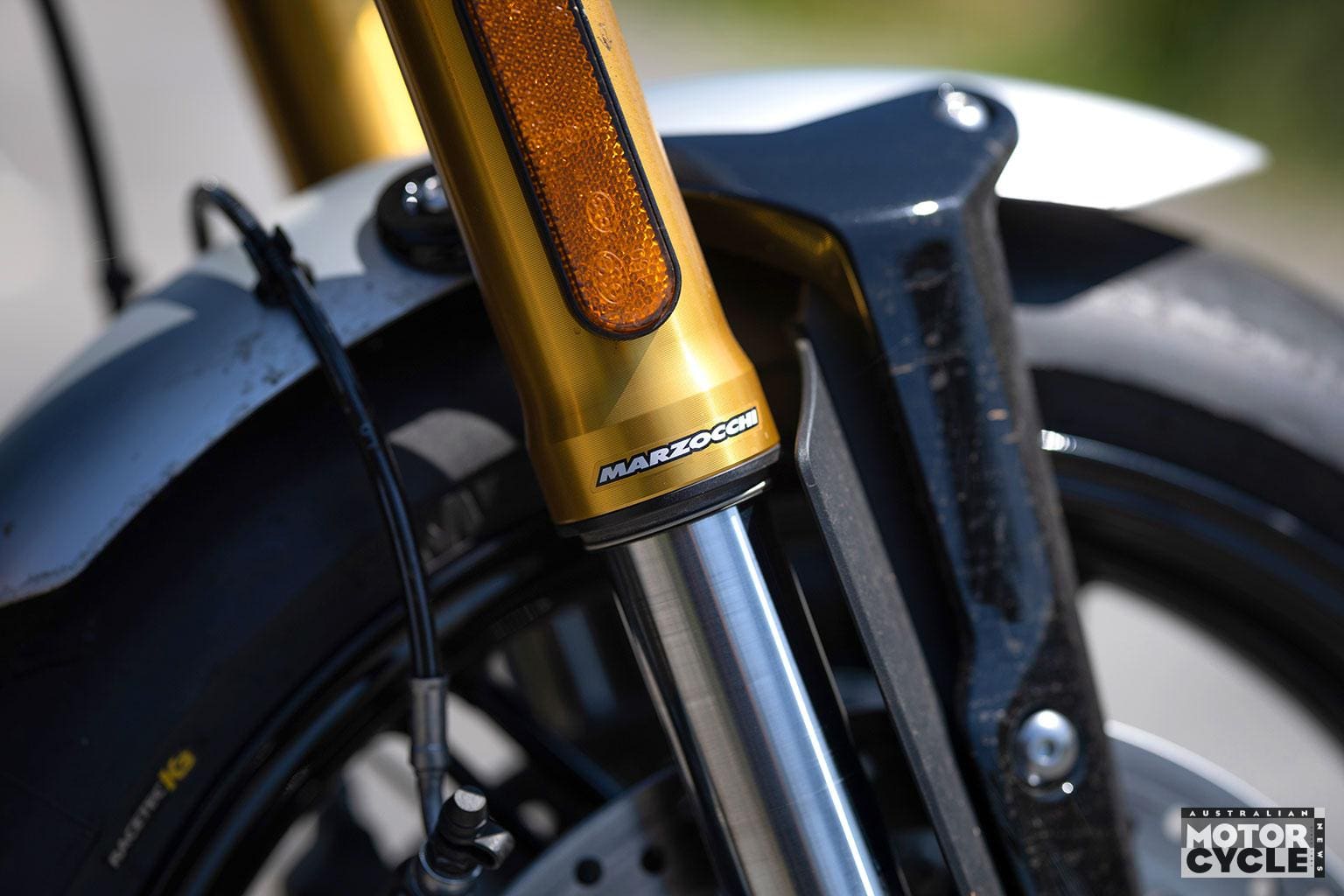
All in all, I was pretty impressed with the standard machine… but the RS version takes things to another level. Climbing onto it reveals a more agro demeanour, with an 810mm seat height and a slightly lower handlebar. The main difference, however, is that the footpegs are now situated a full 40mm farther back and 10mm higher, giving it an eager stance like a hound impatient to be let off the leash to chase twisties all day.
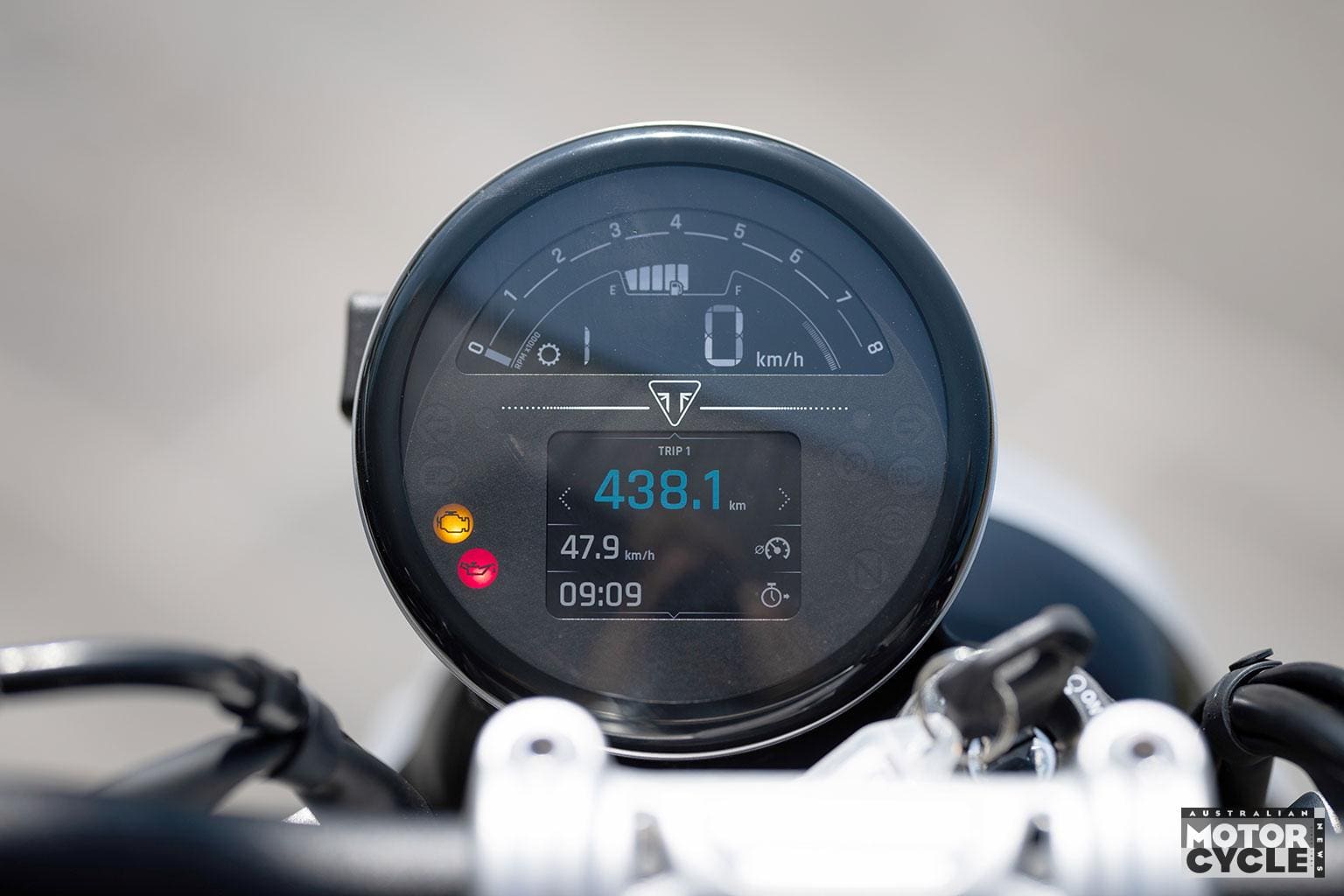
Heading back out of the mountains for the return leg of the journey, the RS’s improved ride quality was immediately apparent, particularly from the dual Ohlins RSUs. The initial stroke seems to have a bit more compliance and just felt better damped all round, to the extent it makes the standard Twin feel slightly terse by comparison. I didn’t notice as much difference in the front end, but I still took the opportunity to back off the front compression damping a touch, which is not possible with the standard, non-adjustable fork. The chassis improvement becomes more pronounced the harder you push, with more sophisticated feedback through the ‘bars and seat egging you on to nail each apex harder and harder. The stickier Metzeler Racetech tyres also deserve a mention here, contributing to the impression that you’re ‘touching’ the bitumen through the suspension and feeling like there’s Velcro strips on the edge of the tyre when you’re cranked over.
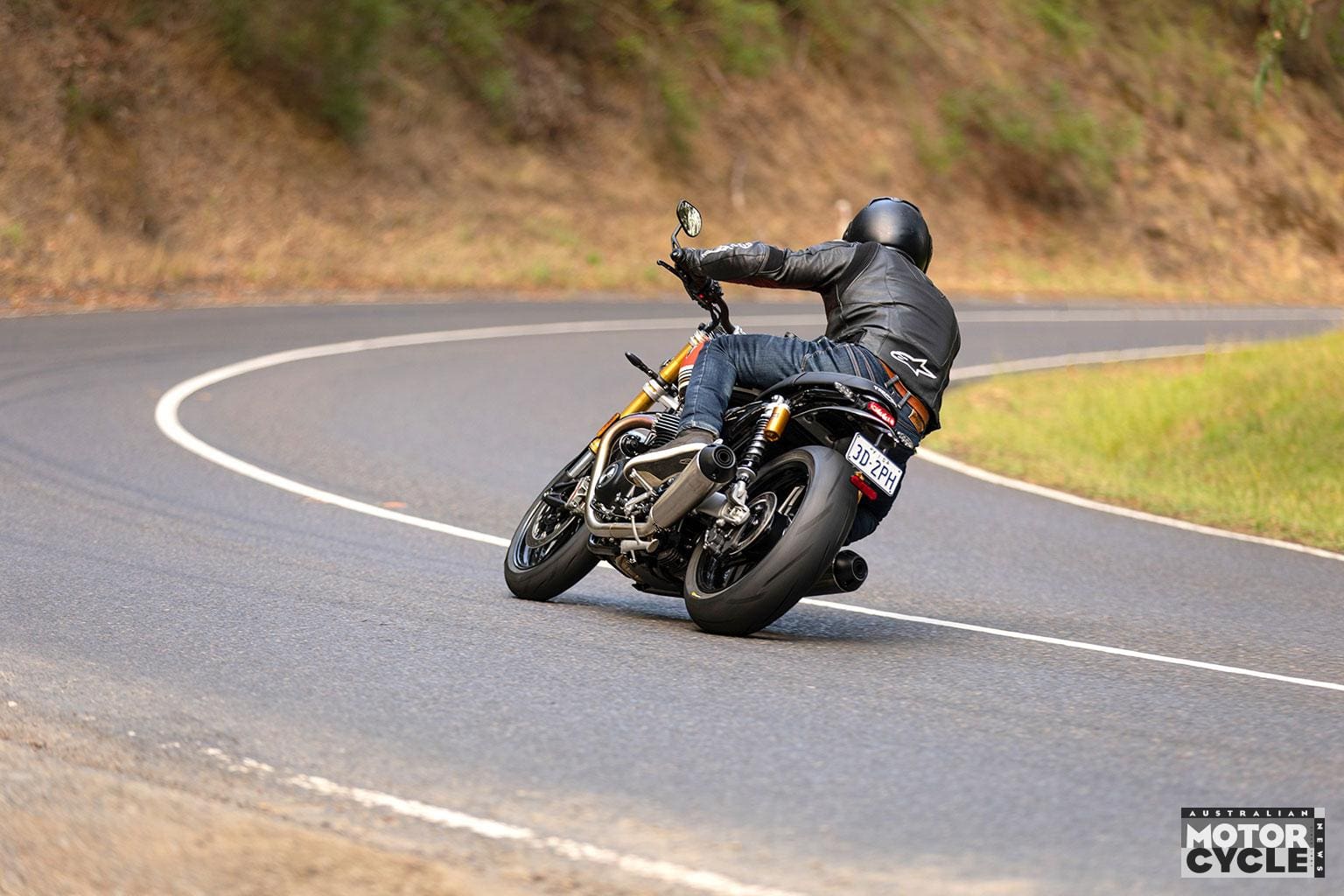
Another benefit of those rearward positioned ‘pegs is that they provide room for an up-and-down quickshifter – the first time such a unit has appeared on one of Triumph’s retro-styled machines. Call me lazy, but I’d take a quickshifter on a unicycle if I could. There’s just something about banging through the gears like a MotoGP gun that makes you feel instantly 32 per cent cooler. While it isn’t the smoothest shift assist I’ve ever sampled, it suits the cafe racer vibe down to the ground.
The RS’s bag of tricks doesn’t end there, with top-shelf Brembo Stylema calipers and an MCS radial master cylinder also thrown into the mix, which allows the brake lever to be adjusted through three levels of firmness. The anchors on the standard Speed Twin already felt sturdy enough to haul up a cruise liner, so I didn’t find there was a huge step in stopping power other than marginally better modulation when one- or two-finger trail braking into corners, but nonetheless they add to the RS’s aura just by looking as if they’ve been stolen off a top-spec superbike.
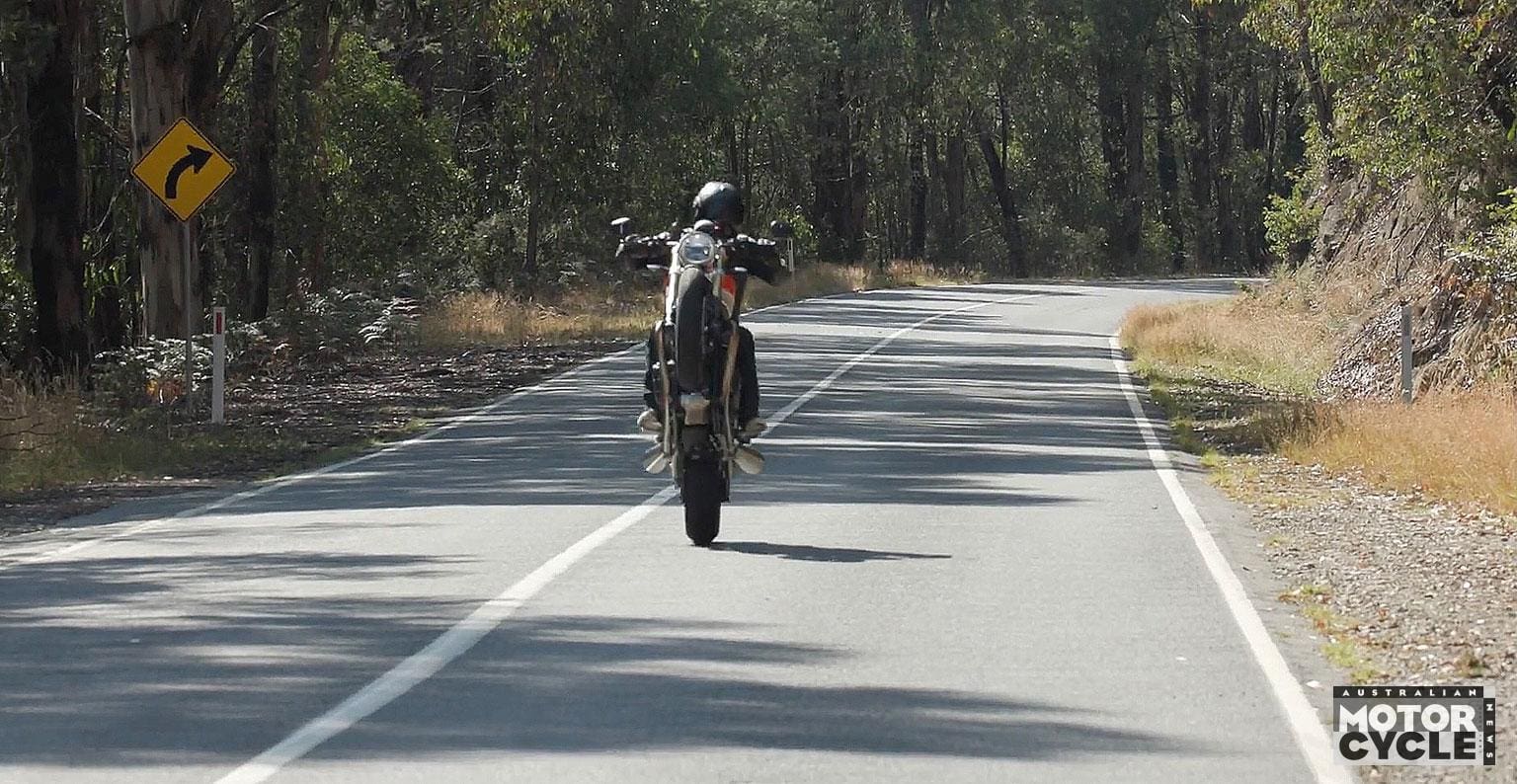
Finally, while both bikes have IMU-guided traction control and ABS, the RS gets an extra ‘Sport’ riding mode, where the standard 1200 makes do with ‘Road’ and ‘Rain’ options. Once again, while I didn’t feel the response of the standard Speed Twin was lacking in isolation, the RS’s throttle feel in Sport mode feels appreciably keener, without making it snappy or jerky at all.
If I owned the RS, I doubt I’d ever take it off ‘Sport’ mode, as the engine just feels that bit more ready to play, without any drawbacks.
On the subject of riding modes, they can be adjusted on the fly via the switchblocks but won’t actually change until next time you close the throttle. The TC can also be disengaged, but you have to be stationary to navigate through the menu to turn it off and then confirm that choice, which can get tiresome.

THE VERDICT
If you’re thinking it sounds like I’m leaning towards the RS over the standard Speed Twin, you’d be correct. The added features make it sexier and more fun. Although it costs a fair bit more, if you tried to add all those features to the standard bike it would undoubtedly cost way more than 4k.
I did find that with the ‘pegs that much farther back on the RS, I sometimes needed to dangle my legs outboard to give my hip flexors some relief on longer cruises. In a perfect world I might try to pinch some pennies by grabbing the standard 1200 and then adding the best bits of the RS – but, alas, Triumph say the footpeg arrangement on the standard Twin doesn’t allow enough space for the quickshifter linkage.
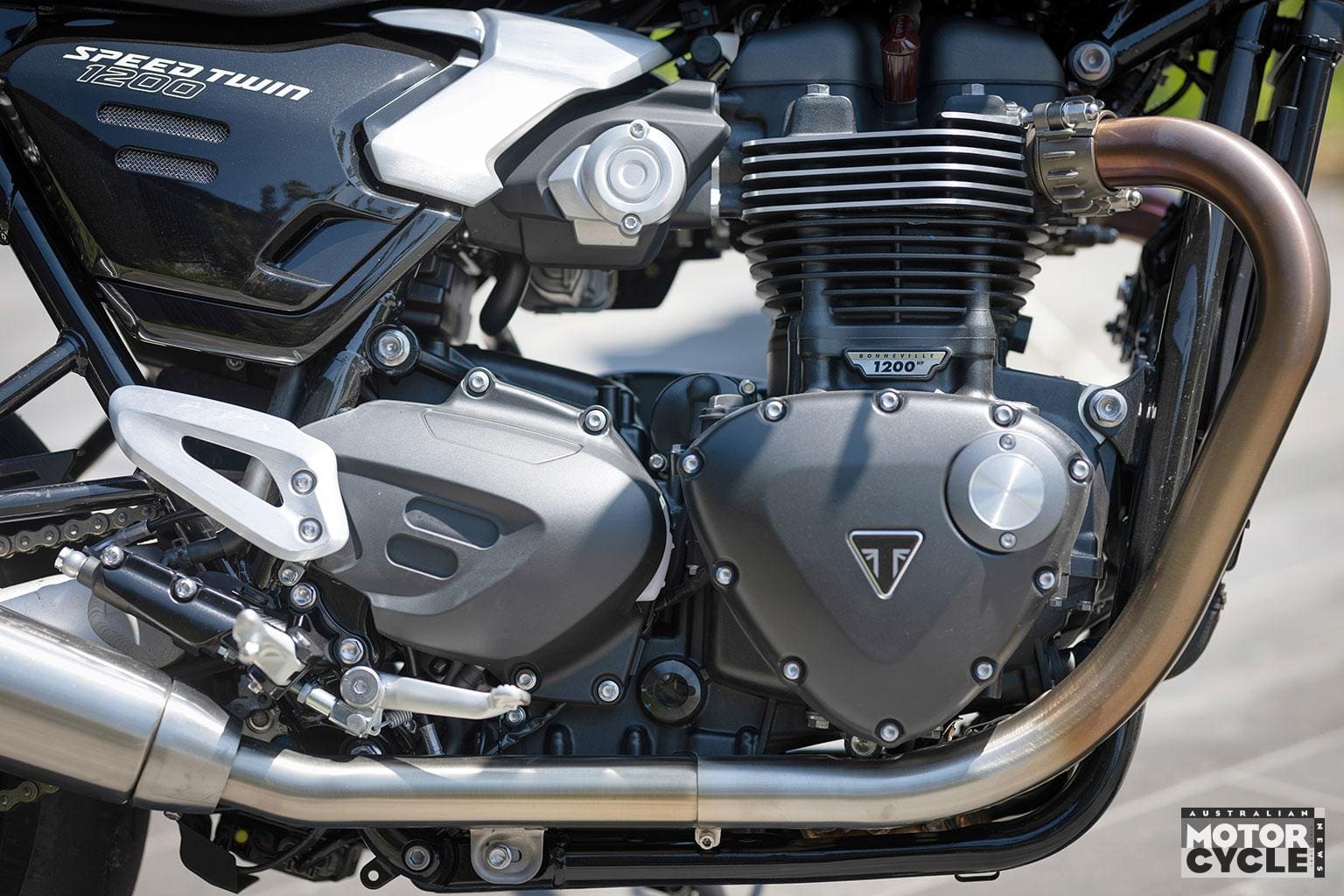
There’s no simple way to add the ‘Sport’ mode to the standard version either, which seems a bit mean given the previous model came with all three modes. Both Speed Twins make do with a 14.5 litre fuel capacity, but you should still see 240-250km out of a tank unless you’re going berserk, which is reasonable for this style of roadster.
At almost $27k, the RS is also starting to encroach upon the territory of some pretty heavy hitters, but I doubt there are many people cross-shopping the lovely Speed Twin against the latest brutalist supernakeds.
The standard Twin is still a great buy with all its power, handling and tech upgrades, but do yourself a favour – don’t test-ride the RS unless you’ve already transferred the extra $4k into Triumph’s bank account. Otherwise, you’ll be hit with a terminal case of FOMOORS, and there’s no known cure.
PROS – Bursts with good vibes and grunt, new tech doesn’t dilute classic styling, the RS additions are absolutely superb but…
CONS – …make it pretty expensive. No Sport mode on the standard version, and can we have just a simple TC button please?
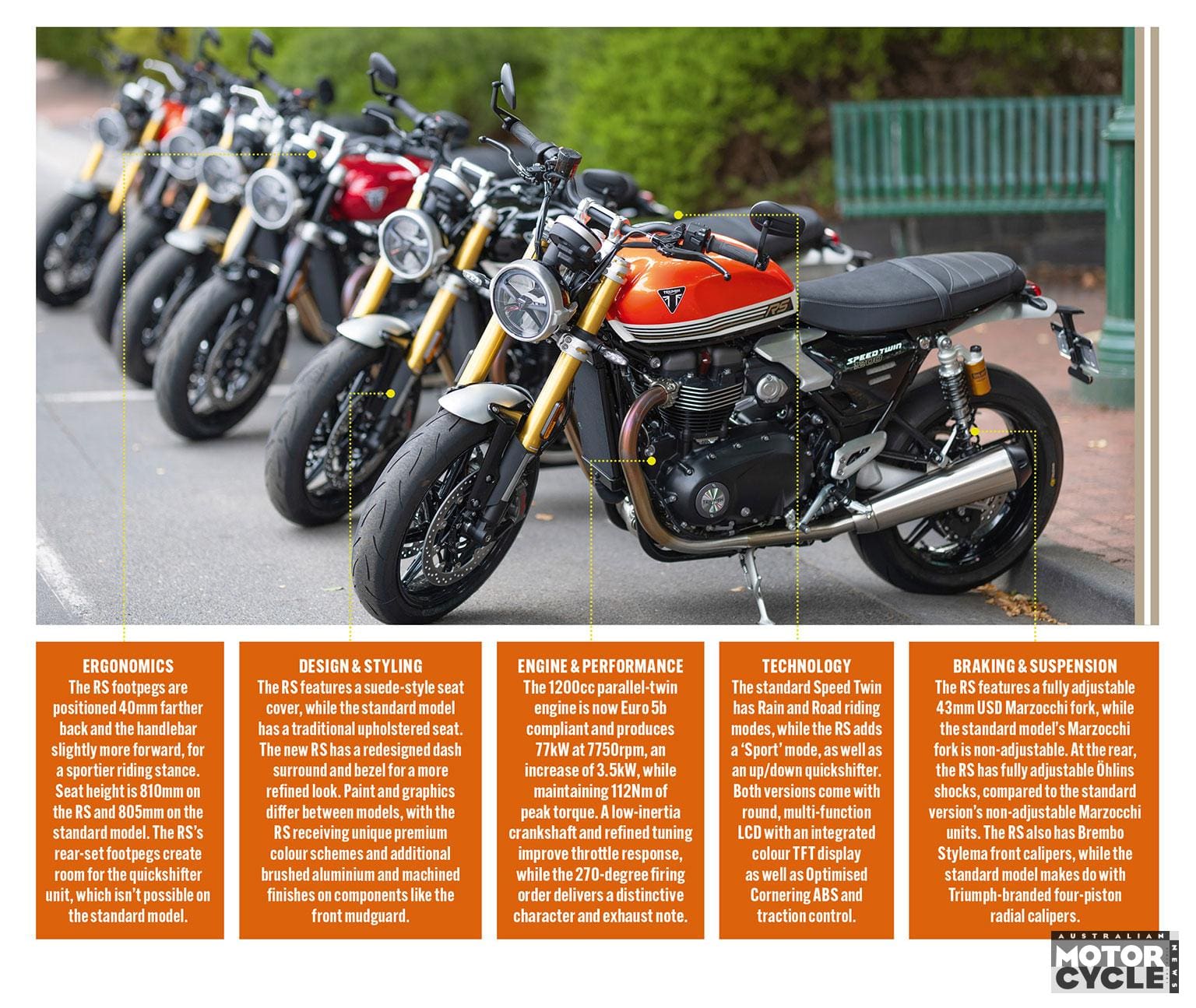
BEST OF THE REST
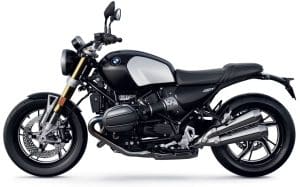
BMW R 12 nineT- $26,500
Power – 80 kW @ 7,000 rpm
Torque – 115 Nm @ 6,500 rpm
Wet Weight – 220 kg
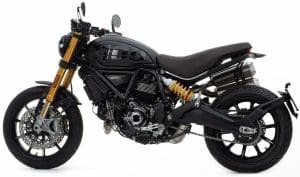
Ducati Scrambler 1100 Sport PRO – From $26,000
Power – 63 kW @ 7,500 rpm
Torque – 88 Nm @ 4.750 rpm
Wet Weight – 206 kg
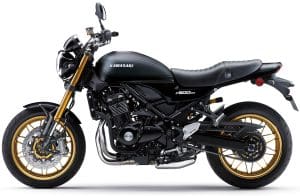
Kawasaki Z900RS SE – $21,400
Power – 82.0 kW @ 8,500 rpm
Torque – 98.5 Nm @ 6,500 rpm
Wet weight – 214 kg
Triumph’s original gamechanger

The first Triumph Speed Twin was produced between 1938-1940, playing a huge role in the company’s survival after World War II while helping shape the future of British motorcycles. Designed by Edward Turner, it was introduced at the 1937 National Motorcycle Show as a 500cc parallel twin OHV four-stroke, becoming the first successful British parallel twin. Its lightweight frame, combined with increased power and torque, set a new benchmark in motorcycle design.
Triumph’s Coventry factory was destroyed in a German air raid, wiping out technical records and production facilities. After the war, Triumph’s recovery at Meriden was largely driven by the Speed Twin. The model saw key developments, including a telescopic fork (1946), the Turner-designed nacelle (1949), and a transition from magneto to battery/coil ignition (1953), causing controversy for traditional riders.
In 1959, the 5TA Speed Twin introduced unit engine and gearbox construction along with the unpopular ‘bathtub’ fairing, which was phased out by 1966, the model’s final year. The unit 500 engine continued in the Tiger 100-Daytona series (named after a famous US victory), ending in 1973.
SPECIFICATIONS

ENGINE
Capacity: 1200 cc
Type: Liquid-cooled parallel twin, 8-valve, SOHC, 270-degree firing order
Bore x stroke: 97.6mm x 80mm
Compression ratio: 12.1:1
Cooling: Liquid
Fuelling: Multipoint fuel injection with electronic throttle control
Transmission: Six-speed, Triumph Shift Assist
Clutch: Wet, multi-plate, slip-assist
Final drive: X-ring chain
PERFORMANCE
Power: 77.2 kW (103.5hp) @ 7750rpm
Torque: 112Nm @ 4250 rpm
Top speed: 220km/h (claimed)
Fuel consumption: 5.5 L/100 km (estimated)
ELECTRONICS
Type: Ride-by-wire
Rider aids: Optimised Cornering ABS (OCABS), Traction Control, Selectable Rider Modes, LCD multi-function display with integrated colour TFT screen
Modes: Road, Rain (RS model adds Sport mode)
CHASSIS
Frame material: Steel
Frame type: Tubular steel with steel cradles
Rake: 22.4° (RS: 22.6°)
Trail: 91mm (RS: 92mm)
Wheelbase: 1413mm (RS: 1414 mm)
SUSPENSION
Front: 43mm USD Marzocchi fork with 120mm travel
Rear: Twin Marzocchi RSUs with external reservoirs, adjustable preload, 116mm travel
(RS: Twin Öhlins RSUs, adjustable preload, compression and rebound, 123mm travel)
WHEELS & BRAKES
Wheels: Cast aluminium alloy
Front: 17in x 3.5in
Rear: 17in x 5.0in
Tyres: Metzeler Sportec M9 RR (RS: Metzeler Racetec RR K3)
Front: 120/70 R17
Rear: 160/60 R17
Brakes
Front: Twin 320mm floating discs, Triumph-branded four-piston radial calipers, OCABS
(RS: Brembo Stylema M4.30 radial calipers, OCABS)
Rear: Single 220mm disc, Nissin twin-piston floating caliper, OCABS
DIMENSIONS
Weight: 216kg (wet, fully fuelled)
Seat height: 805mm (RS: 810mm)
Width: 792mm
Height: 1140mm (RS: 1127mm)
Fuel capacity: 14.5 litres
SERVICING & WARRANTY
Service interval: 16,000 km / 12 months
Warranty: 2 years, unlimited kilometres
BUSINESS END
Price: $22,990 rideaway
(RS: $26,990 rideaway)
Colour options
Standard – Aluminium Silver, Crystal White / Sapphire Black, Carnival Red / Sapphire Black
RS – Sapphire Black, Baja Orange / Sapphire Black
CONTACT
